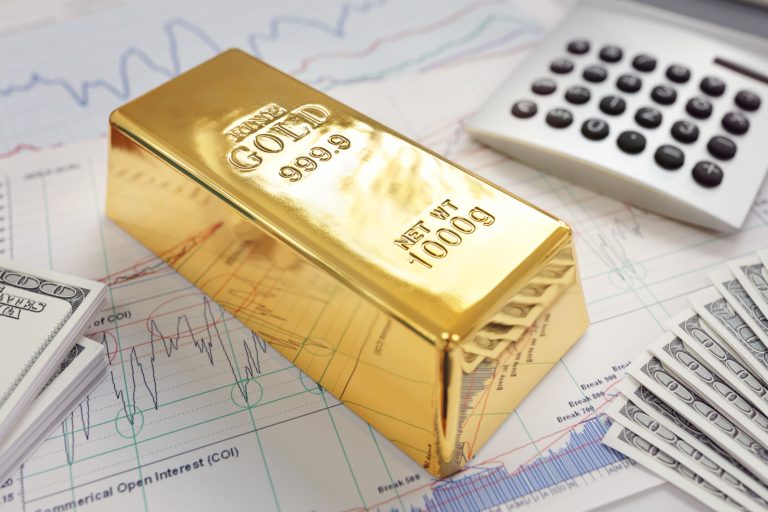The Wealth of Gold: Investing in a timeless asset
As investors navigate through unpredictable and volatile economic times, it is essential to consider asset classes that can provide a level of stability and protection against market fluctuations. One such asset that has stood the test of time is gold. For centuries, gold has been a symbol of wealth and has played an essential role in the global economy. Why Investors Turn to Gold During Volatile Times Gold has long been considered a safe haven asset, as it has maintained its value throughout history. When the stock market experiences downturns or geopolitical tensions escalate, investors often flock to gold as a way to protect their portfolios against market fluctuations. The price of gold typically moves in the opposite direction of the stock market, making it a valuable hedge against economic uncertainty. Moreover, gold is not subject to the same risks as other investments such as bonds or stocks, making it a reliable store of value. Benefits and Consequences of Investing in Gold The primary benefit of investing in gold is its ability to provide a level of diversification to an investment portfolio. By including gold in a portfolio, investors can reduce their exposure to other assets, thus lowering overall risk. Additionally, gold is a tangible asset that investors can physically hold, making it an appealing option for those who prefer assets they can see and touch. However, investing in gold also comes with some drawbacks. The most significant risk associated with investing in gold is its volatility. While gold has maintained its value over time, its price can still fluctuate significantly over shorter periods. Furthermore, investing in gold does not provide a source of income, as it does not pay dividends or interest. Investors looking for regular income streams should consider other investments, such as bonds or stocks that offer dividend payouts. Interesting Facts About Gold Gold has been used as a form of currency for thousands of years. In ancient times, individuals and countries stockpiled gold as a way to preserve their wealth. For instance, during the California Gold Rush in the mid-1800s, the US government established the first national gold reserve to help stabilize the economy. Similarly, during World War II, countries like the US and the UK stockpiled gold to finance their war efforts. Getting Exposure to Gold Investors have several options to get exposure to gold. The most common way is to invest in physical gold, such as gold coins or bars. However, buying physical gold can be expensive, and investors also need to pay for storage and insurance costs. An alternative option is to invest in gold exchange-traded funds (ETFs), which track the price of gold and offer investors an easy way to invest in gold without the hassle of buying physical gold. Finally, investors can also invest in gold mining stocks, which provide exposure to the gold industry and can potentially offer higher returns than investing in physical gold or gold ETFs. While investing in gold can offer protection against market fluctuations and diversify an investment portfolio, it is crucial for investors to carefully consider the risks and benefits associated with this asset class. By weighing the pros and cons and assessing how gold aligns with their investment objectives, investors can make informed decisions about whether to include this timeless asset in their investment strategy. The information provided in this article is general in nature only and does not constitute personal financial advice.

